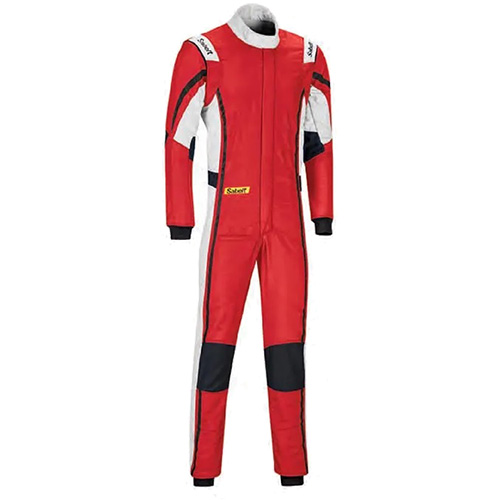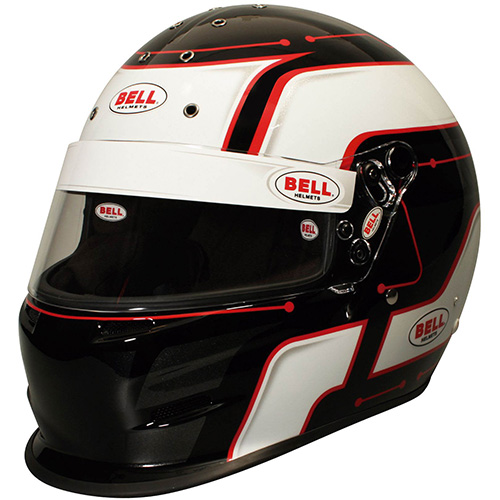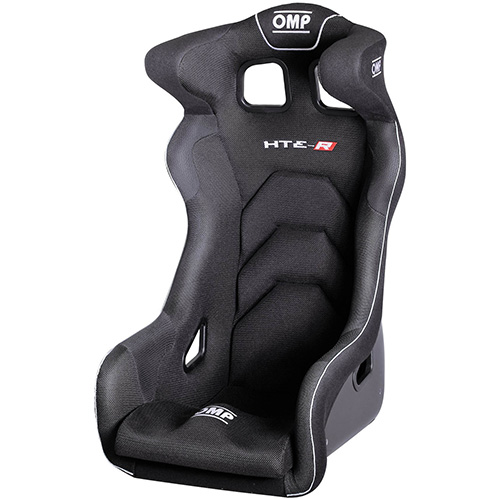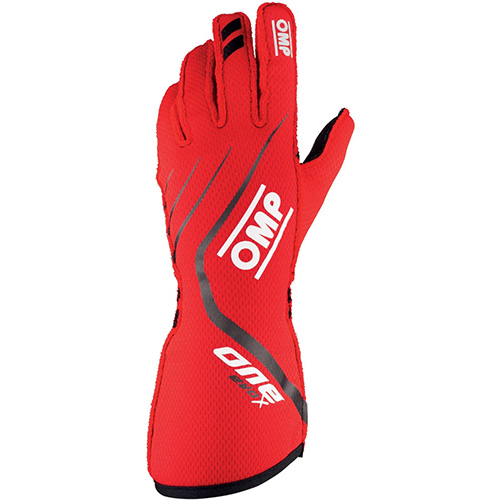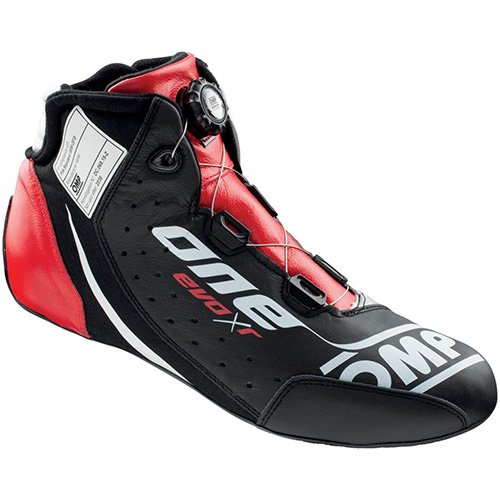Comparison Test: Land Rover LR4 vs. Cadillac Escalade vs. Infiniti QX56
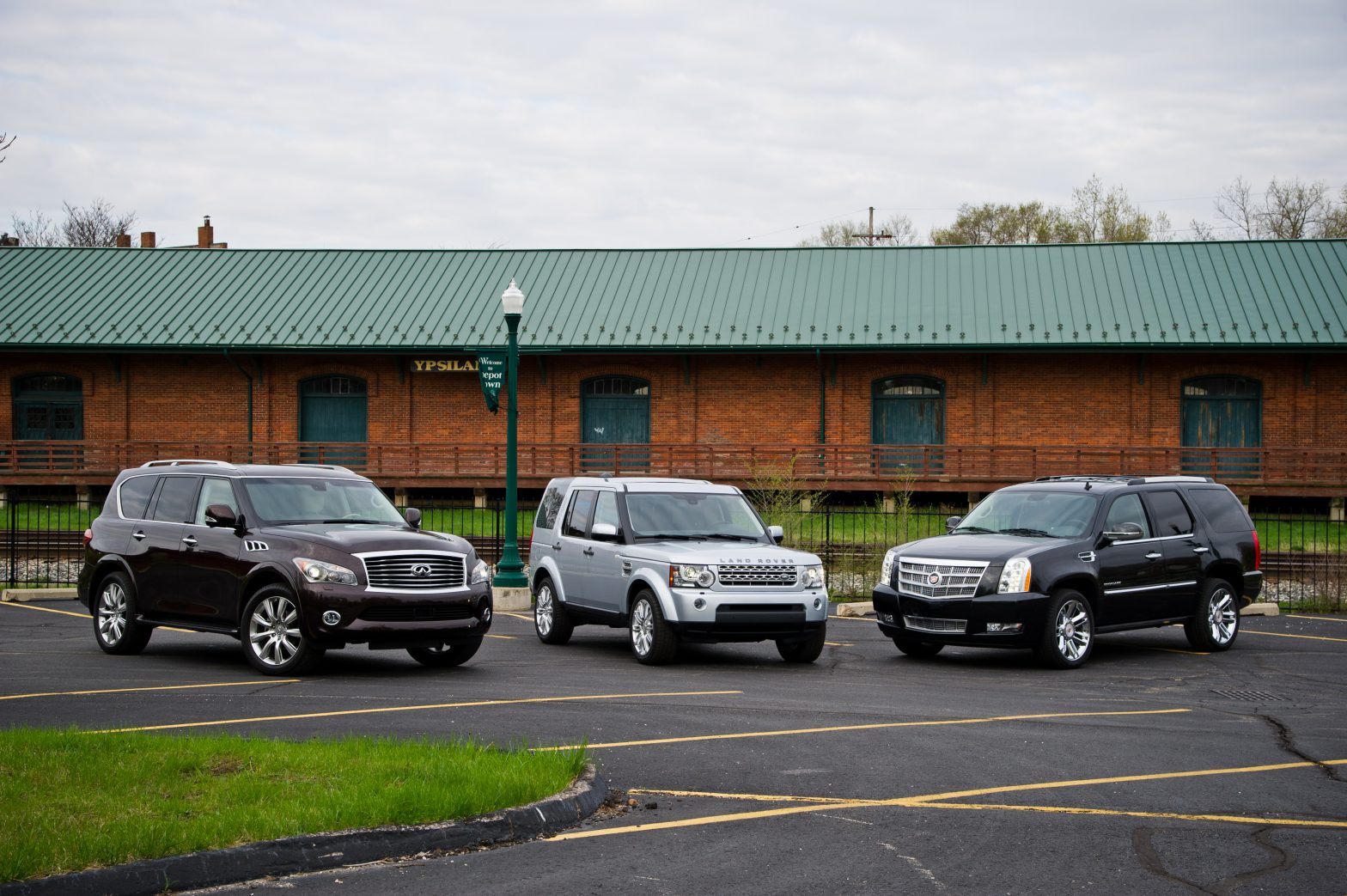
[photo credit: Chris Amos]
—Ypsilanti, Michigan
In the real world, a vehicle’s comfort isn’t limited simply to how good the seats feel to sit in. There are a lot of other factors, including climate control, ride quality, noise levels, being able to get in and out of the car, and ease of use. Often, the words “luxury” and “size” go hand in hand with the idea of comfort. The features on hand also factor into how comfortable the experience is for driver and passengers; a long drive is going to be more comfortable if the kids in the back seat are calm, complacent, and entertained than if they are squirming, complaining, and asking, “Are we there yet?”
With the introduction of the Winding Road Comfort Index, we took the opportunity to sample three luxury SUVs with three rows apiece. Let’s face it, vehicles of this size are not usually particularly involving, and realistically, buyers will be shopping more for comfort from these high-dollar people haulers. The perfect scenario, we think, to compare the Land Rover LR4, Infiniti QX56, and Cadillac Escalade using the criteria from our Comfort Index.
Interestingly, these three vehicles cover a wide price range, despite having similar performance figures and the presence of a third row of seating. The LR4 we tested has a sticker price of about $62K, and the Escalade topped it off at almost $86K. Granted, the Escalade’s Platinum trim level includes such goodies as a rear entertainment system, while the Land Rover did not (though it is available for another $2500). The three vehicles we tested, though, can all be optioned out to include similar feature sets. The measure of comfort, then, is more of a matter of how well all these factors—physical comfort, NVH, materials, ease of use, quality of features—are done in each individual vehicle.

Land Rover LR4 HSE
Visibility
Forward visibility in the LR4 is excellent, thanks in no small part to its skinny A-pillars and squared-off and relatively short hood. The same goes for the rear view, unless of course you have the third row up. Its stadium-style seating position results in the headrests cutting into your field of vision out the back. Lateral line of sight is good as well, thanks to the tall second-row windows, although we’d like to see blind-spot monitoring on a vehicle of this size. That being said, the rest of the assists on the LR4 are simply excellent. The cameras, all five of them, are crisp and clear, and the ability to select different camera angles allows for precise accuracy in tight quarters.
Interior
Getting in and out of the front seat was the easiest in the Land Rover, thanks mostly to its lower ride height. The other two competitors have running boards, but not having to climb up to sit down wins here. Same with the rear seat, except the Land Rover had a smaller opening than the Infiniti. The LR4 had the least legroom in the front and second row, but by far the most headroom. All three rows also have skylights, too. The seats, while not as adjustable as the others, are very supportive and have a really natural-feeling form to them. The third row is actually pretty roomy, but the seats are a pain in the butt to set up and get into. If you plan to frequently use the third row seating, this could be problematic.
The third row, though, folds into the floor of the cargo area when not in use, maximizing room for all your gear.
Ride/Handling Balance
The LR4 was quite simply the nicest handler of our bunch, which we can attribute to two factors. One, it was wearing twenty-inch wheels, compared to the twenty-two-inch shoes on the Caddy and QX. And two, its wheelbase was considerably smaller. This gifted it with a unique blend of comfort and handling prowess. Roll was nicely controlled, and came on more progressively than the other two SUVs, although we did notice some annoying lateral movement in the secondary ride. The primary ride over bumps and potholes was certainly the LR4’s highlight, as it dispatched them quietly, and without the annoying shudder that the Cadillac exhibited. The LR4 was also the high-speed champ, featuring a ride that felt extremely planted and stable.
Acoustics
The Land Rover offered a driving experience relatively free of unnecessary NVH. We could hear the tires when we drove across imperfect surfaces, but, otherwise, sounds from outside and underneath the car were pretty isolated. The engine sounds great when run through the revs, and isn’t otherwise noisy. The sound quality from the speakers was quite decent in the LR4, with good depth throughout the full range of frequencies. Still, it was not the best audio system of the three cars sampled.
Controls
All of the vehicles had similarly simple layouts for the HVAC controls, with the LR4’s being just slightly a bit more cluttered. It offers dual-zone climate control, but it can only be adjusted by two-degree increments. Touch points for all the controls feel nice, yet not as premium as the QX. The Land Rover’s touchscreen functionality is downright bad, with difficult to “hit” buttons, and perhaps too many options on a single screen. A bigger screen (or smaller fingers) would be helpful when making selections. Being able to display the different camera views while driving is a cool feature, all selectable from the touchscreen. Controls on the steering wheel were the most attractive and the most functional of the trio of vehicles, with minimal buttons and two out-of-the-way thumb pads.

Cadillac Escalade Platinum
Visibility
The large A-pillars of the Caddy as well as the broad hood made forward visibility and placement of the big Escalade slightly more difficult than in the other SUVs. Similarly, very thick rear pillars hampered the rear-lateral view, although the low-sitting third row was a welcome feature. The lateral view is dominated by simply huge B- and C-pillars, too, but highway lane changes are made a bit less stressful by a blind-spot information system. In terms of vision assists, the Escalade felt the most old fashioned. There were no frontal park sensors, and the rear-view camera looked the worst of our three cars. The lack of wheel-path displays on the camera didn’t help either.
Interior
This was probably the most difficult vehicle to get into. It has an automatically deploying running board, which sticks out rather far. If you decide not to use it (the default case for tall folks) that’s just extra distance you have to travel to get in. Using it places you too high, leaving you at risk of hitting your head on the way in. Once you get in the front seat, though, you feel as though you have plenty of space everywhere except directly above your head. In the second row, there’s not as much legroom as the QX, but the two captains’ chairs create a really comfortable sense of space, and make getting into the third row really simple. The third-row passenger won’t feel too cramped either, especially with that opening in the center.
The seats are firm and comfortable, but don’t offer any bolstering. Materials are a mixed bag, with quality, stitched leather here and some hard plastics there. The front seats have a lot of adjustability, but they don’t offer the plushness of the Infiniti or the natural support of the Land Rover.
One thing to note is that the third-row seats must be completely removed to use the full cargo area behind the second row—they ain’t light, either.
Ride/Handling Balance
The Cadillac’s truck-based roots showed through here. Roll was plentiful, and there was a frustrating amount of vehicle shudder in the primary ride. The secondary ride was super smooth, though, feeling planted and stable, especially at higher speeds. Even the annoyingly bad primary ride control felt better at high speeds, as the Escalade did a better job of dispatching imperfections. The Cadillac’s linear responses were better than expected, as the big SUV accelerated smoothly, and felt good on turn-in.
Acoustics
The Escalade’s motor sounds appropriately truck-like, with a powerful, if somewhat harsh sound coming through to the cabin under acceleration. It’s even audible at idle, where the other cars were more subdued. Besides that, in-town driving is whisper quiet, and voices can be easily heard throughout the cabin. Even on the highway, noise is at a minimum, with the mirrors creating just a bit of wind noise. The Cadillac, though, had the poorest audio quality, with music coming from the speakers sounding relatively thin and flat. Raw volume isn’t a problem though, we’d say.
Controls
This probably has the simplest HVAC controls of the three vehicles. Also, in true American form, the air conditioning works quite well. The steering wheel controls are mounted out of the way, but there are a lot of them. Touch points for controls in general were not up to the standards of the other two vehicles we tested. The touchscreen, though, was easy to navigate. It was also quite large and within easy reach and view. As ever, GM’s nav system is both logical in layout, simple to operate, with all of the critical functions seemingly near the “top levels” of menu navigation.

Infiniti QX56
Visibility
The dominant front end of the QX56 did no favors for the forward visibility, as the curved hood and thicker A-pillar made parking lot placement more difficult. Rearward visibility was decent, so long as the third-row headrests are kept lowered. To the sides, the oddly vertical mirrors didn’t give us as much information as we’d like, but the huge second-row windows mitigated this. The inclusion of a blind-spot information system was a big help as well. Like the Land Rover, the QX has a nice suite of cameras (four as opposed to five on the LR), which makes tight spaces easier to manage in a car that feels larger than a Panzer. The inclusion of different camera options, although not as diverse as the LR4, is also a nice addition.
Interior
The front and rear doors open wide to allow for easy access to the seats. For those who need a little help, there is a small built-in running board for an extra step. Once inside the vehicle, you sink right in to the comfortably plush leather seats. Plenty of front legroom is on offer, and your knees won’t be constantly bumping the sides. The second row, too, has ample legroom, and passengers will be comfortable without having to ask the person in front to move their seat forward. In the QX, even the second- and third-row seat backs are adjustable, so the person on one side can recline a bit, while the other person remains upright.
You have to fold part of the second row down to get in the very back, but it is easily accomplished. The driver even has switches in the center stack that automatically open up access to the third row. Having the big opening for the rear door, climbing into the third row is a simple task. Once seated, headroom is pretty sparing, but an adult’s legs won’t be too cramped for even longer drives.
Second and third rows fold all the way down for a large, even cargo area. Upon seeing this, we felt an intense desire to go car camping, as even an NBA power forward would have enough room to sleep comfortably on an air mattress back there. (You know, in case that ever comes up.)
Ride/Handling Balance
The QX had more roll than the Cadillac, but it came on more progressively, allowing the driver to better plan for it. Unfortunately, the QX goes a bit downhill from there. The overall ride quality in the Infiniti was the worst of our three cars, with a bit too much float in the secondary ride, and a noisy primary ride relative to expectations for this class of vehicle. As we said with the Land Rover, we think much of the blame (especially for the noisy primary ride) rests on the large wheels of the Infiniti. Perhaps a smaller size would have caused fewer issues? There is simply too much vertical motion over hilly portions of road, although lateral motion is better controlled than the Land Rover. High speed stability felt good here.
Acoustics
Any engine noise from the Infiniti’s 5.6-liter V-8 comes through soft and smooth, with a pleasant growl as you accelerate. The QX exhibited a lot of road noise from the suspension in the form of loud bass thumps coming from the rear. Wind noise wasn’t really a big deal in any of the three vehicles, but this one probably was the loudest at highway speeds. The Infiniti, though, also had the best sound system of the lot. Music sounded rich, full, and encapsulating, with different frequencies and sounds crisply discernable from one another.
Controls
The Infiniti, as did all our testers, had dual-zone HVAC controls, and the controls were pretty simple to use, as in the Cadillac. The buttons and dials were more attractive in the QX, though, and felt better to the touch. The touchscreen interface is easy to navigate, and offers a wheel to scroll through lists as well. The only complaint here is the layout of the controls on the steering wheel; we accidentally changed the radio station on more than one occasion. Of course, we do have 98th percentile thumbs.

Conclusion
Unless you absolutely have to have the extra space afforded by the bigger third rows of the Cadillac and the Infiniti, we feel pretty confident in giving the Land Rover LR4 the nod in this comparison. (That’s a big “if” we grant you, considering that most shoppers in this segment think of size first.) Yes, the smaller, nimbler LR4 can’t tote six adults in abject comfort for hundreds of miles—though the third-row room isn’t bad by any stretch of the imagination either. Nor would you choose the Land Rover based on raw interior volume. If space is the one and only thing on your shopping list, get thee to the nearest Infiniti dealership and don’t look back.
But, if you need a more balanced SUV—one that can haul people one day, stuff the next, and cross boulder fields on the weekends—check out the Landie. Its do-anything attitude, great ride and handling balance, price, and overall refinement make it a tribute to the three-row luxury vehicle. All big SUVs should look to the LR4 for inspiration.
2011 Land Rover LR4 HSE LUX
Engine: V-8, 5.0 liters, 32v
Output: 375 hp/375 lb-ft of torque
Weight: 5833 lb
Fuel Economy, City/Hwy: 12/17 mpg
Cargo Capacity: 90.3 cu ft
Base Price: $47,650
Price As Tested: $61,715
2011 Cadillac Escalade Platinum AWD
Engine: V-8, 6.2 liters, 16v
Output: 403 hp/417 lb-ft
Weight: 5694 lb
Fuel Economy, City/Hwy: 13/18 mpg
Cargo Capacity: 108.9 cu ft (with third row removed)
Base Price: $84,790
Price As Tested: $85,740
2011 Infiniti QX56 4WD
Engine: V-8, 5.6 liters, 32v
Output: 400 hp/413 lb-ft
Weight: 5850 lb
Fuel Economy, City/Hwy: 14/20 mpg
Cargo Capacity: 95.1 cu ft
Base Price: $59,800
Price As Tested: $71,850
